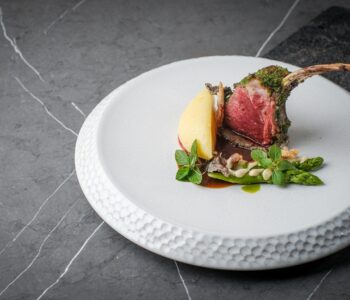Celebrated during the 20th-century as an icon in the Bali literature and art spheres, the ultra-talented Mexican Miguel Covarrubias’ witnessed and recorded the distinctions of Bali. His creative endeavours distinguished him from other foreigners. As the door to international tourism reopens, it’s significant to honour his extraordinary contributions and remember Bali’s original allure.
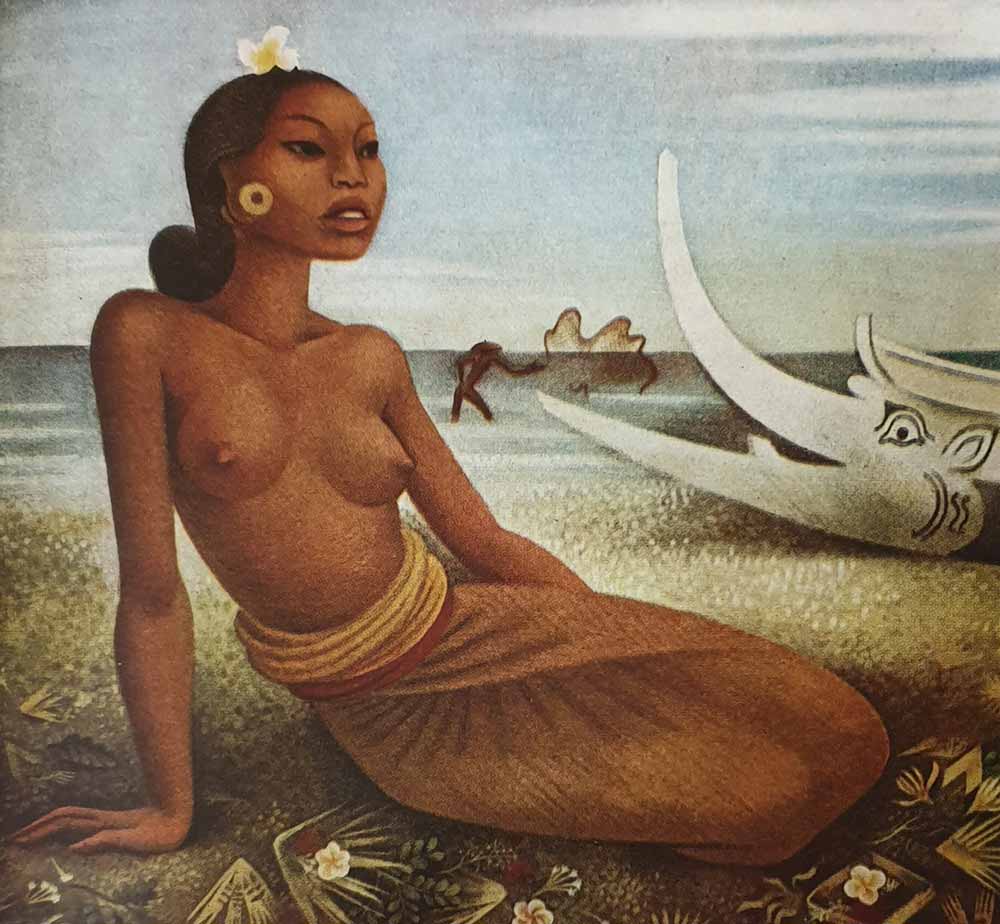
Covarrubias’ book, ‘Island of Bali’ published first in 1937, is regarded as the original Bali ‘bible’. The best-seller was the go-to travel guide for early visitors discovering Bali during the initial wave of tourism that ended at the start of World War Two. Sophisticated sketches and paintings define Covarrubias’ artistic voice. His modern stylised, uber-cool pictorial representations of the Balinese set him apart from other pioneering expatriate artists.
‘Island of Bali’, with its 400-plus pages, stands as the most authoritative volume of information on daily life, art, customs, religion, and a survey of the history, geography, and social structure. Still available in popular bookstores around Bali today, it comes to visual life with 90 drawings by the author and many others by Balinese artists, over 100 photographs and five Covarrubias paintings. The author described it as a “bird’s-eye view of Balinese life and culture.”
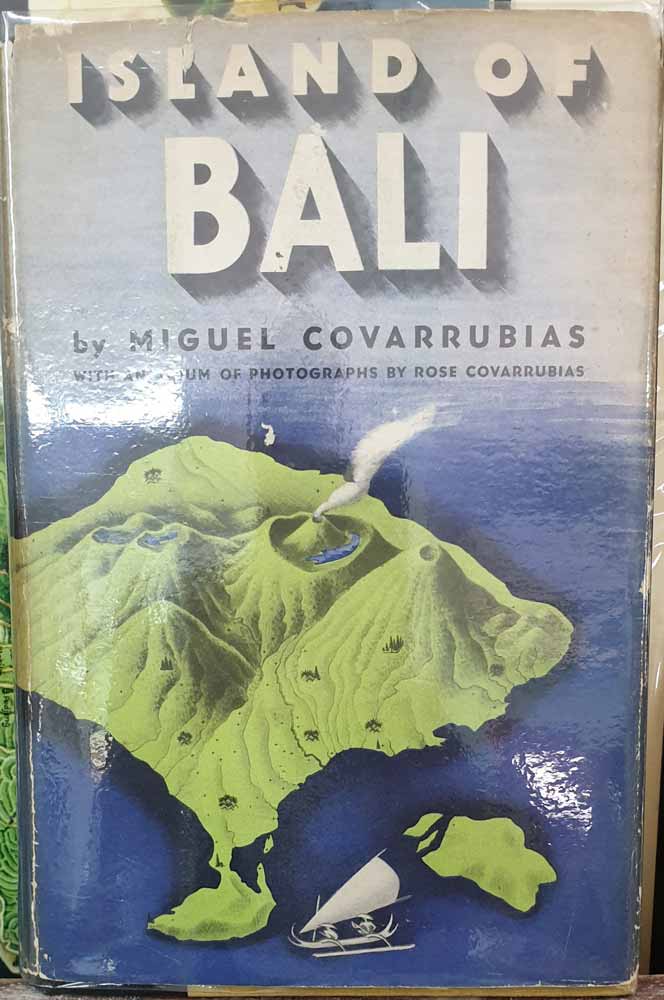
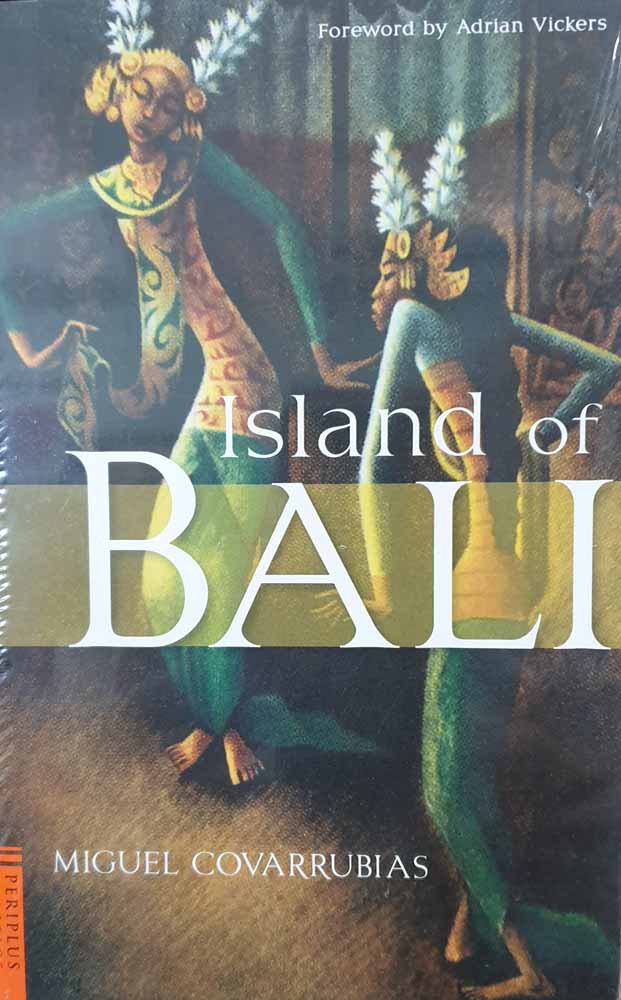
Born in Mexico City, José Miguel Covarrubias Duclaud (1904 – 1957) was a painter, caricaturist, graphic artist, ethnologist and art historian. His childhood passion for art was ignited through watching his father paint. As a teen, he forged caricatures of his school teachers to the delight of his fellow students. Obsessed with sketching, he always carried with him a pencil and pad. Upon graduating aged 14 from senior high school, he produced caricatures and illustrations for texts and training materials published by the Mexican Ministry of Public Education. Covarrubias cut his teeth as a commercial cartoonist and illustrator.
New York in the 1920s and 1930s was a modernist mecca that drew artists, writers, and other creators of culture from around the globe. In 1923 Covarrubias moved to NYC and was introduced to the literary and cultural elite, making caricatures of celebrities from the art, entertainment, social and political worlds. His unique talent was quickly recognised. He began drawing for several top magazines, including Vanity Fair and The New Yorker. He also expressed remarkable flair and versatility in set and costume design for the theatre.
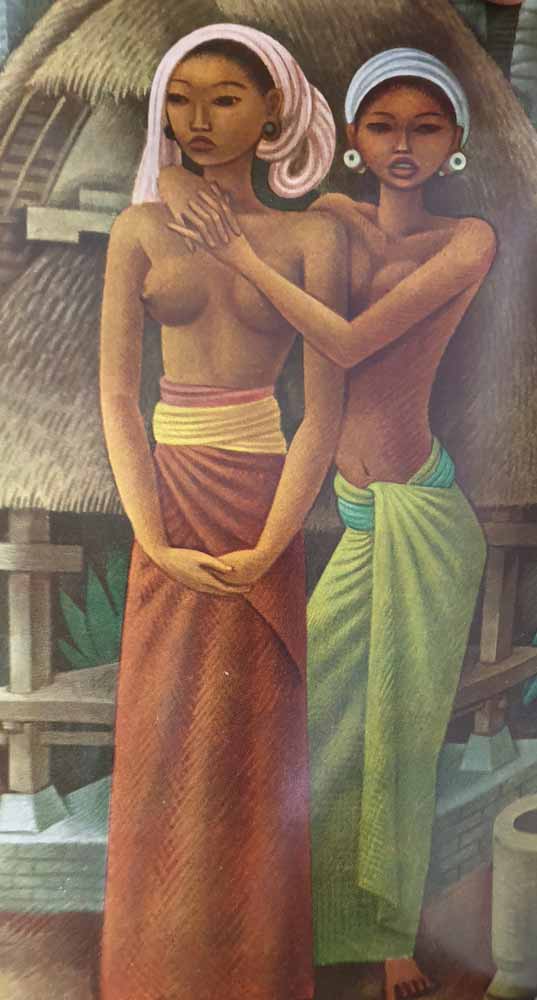
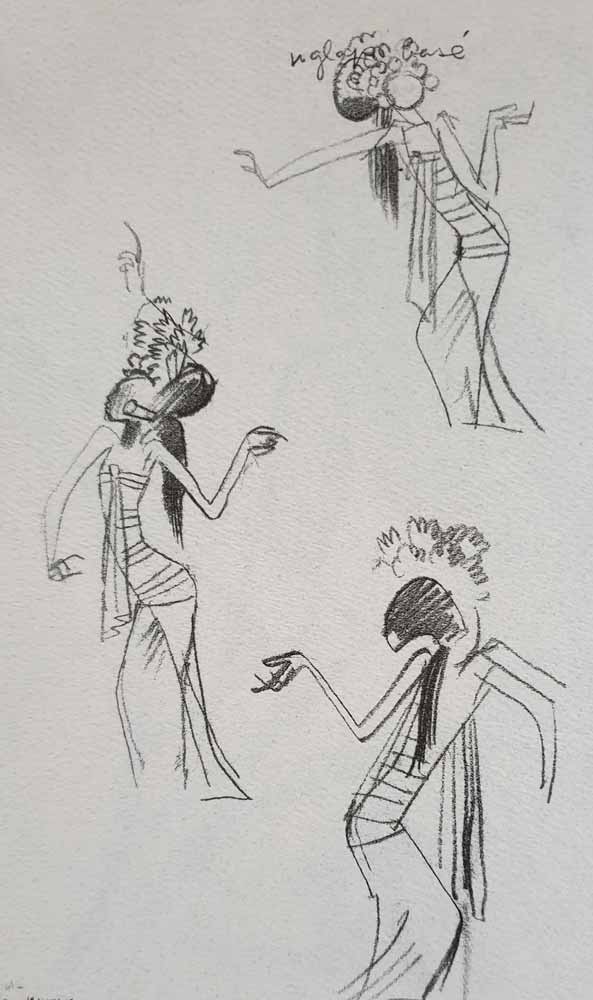
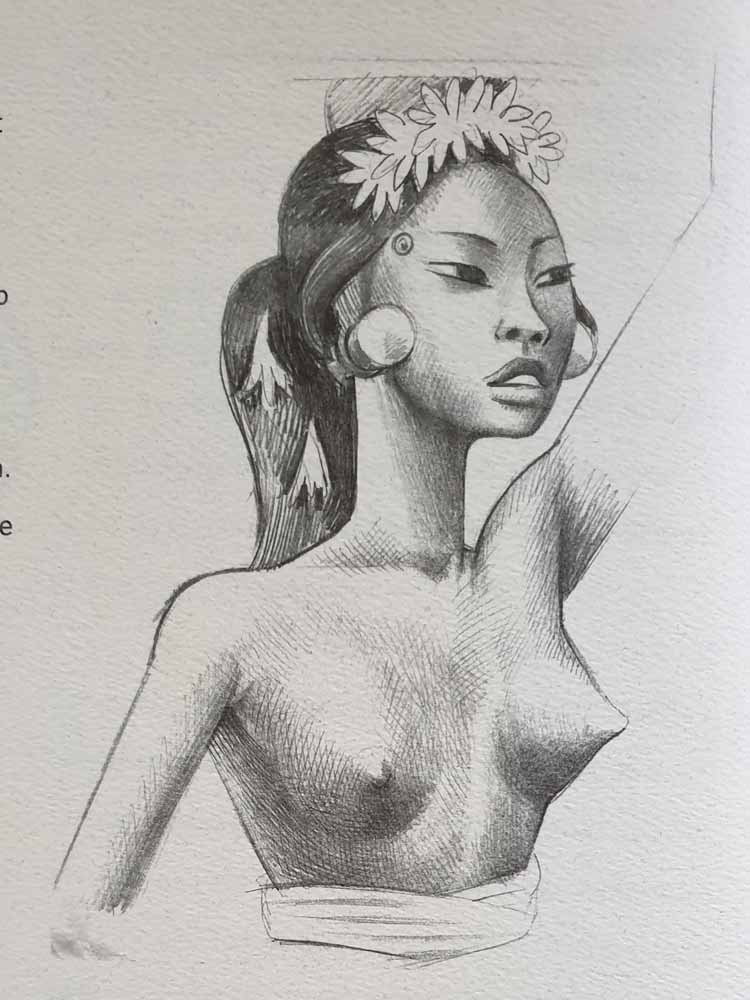
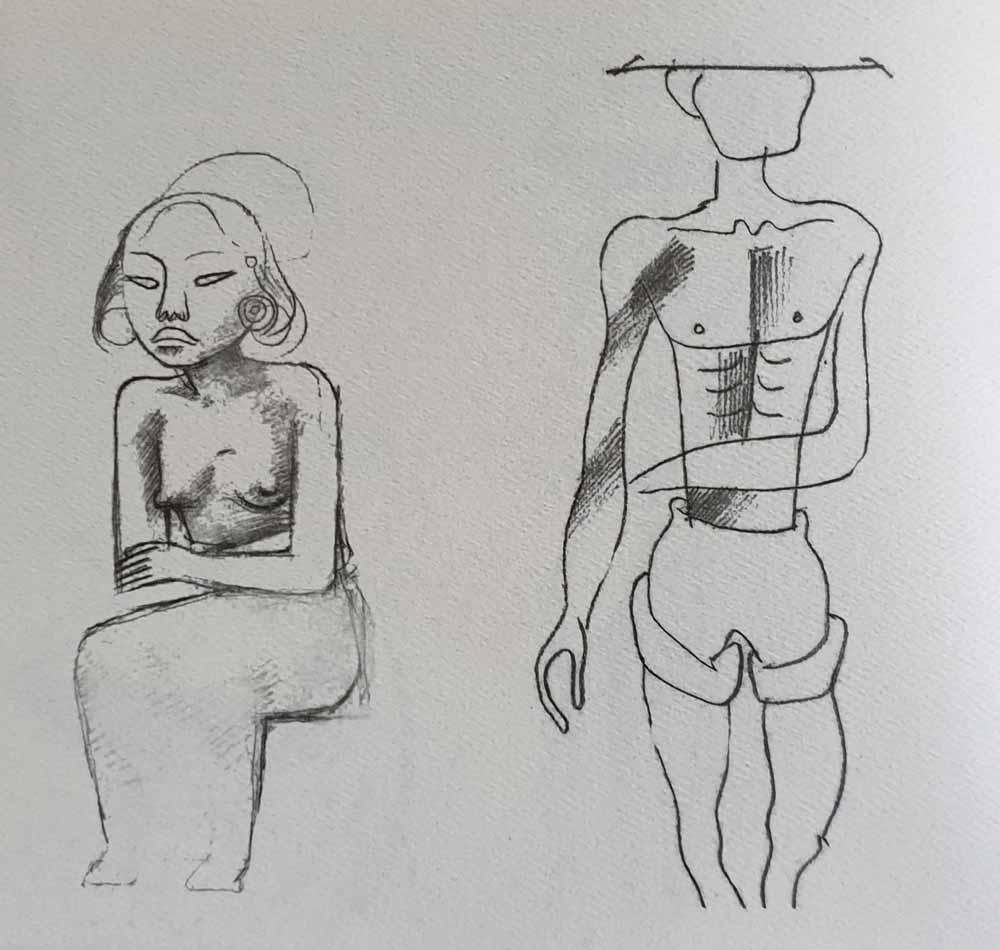
Covarrubias married his wife Rosa Cowan in 1930. They collaborated on many cultural projects and amassed an extraordinary collection of art. While honeymooning on passage to China, the couple arrived in Bali. Their steamship route via the Suez Canal, the Pacific, the China Sea, and then Java allowed time to learn to speak Malay. Bali’s art and culture were an immediate fascination while also having similarities with aspects of the cultures of Covarrubias’ homeland. They observed and documented; Miguel as a passionate anthropological researcher, while Rosa’s sharp eye captured photographs to support his meticulous fieldwork.
“Like a continual undersea ballet, the pulse of life on Bali moves with measured rhythm…” Covarrubias’ colourful prose helped romanticise the myth of Bali as an island paradise. The caliber of his writing, matching his sketches and paintings, revealed his extraordinary power of observation and intellectual curiosity. ‘Island of Bali’ was the outcome of the couple’s two visits, in 1930-31 and 1933-34.
Covarrubias’ non-academic method revealed his command of the line and the potent relationship with angles and bold curves. His elongated figures are stripped of excessive details, leaving the core essential structural elements. He visualised the Balinese like no other; wrapped in the elegance of raw beauty and glamour. Covarrubias produced countless sketches as references for later studio drawings and paintings.
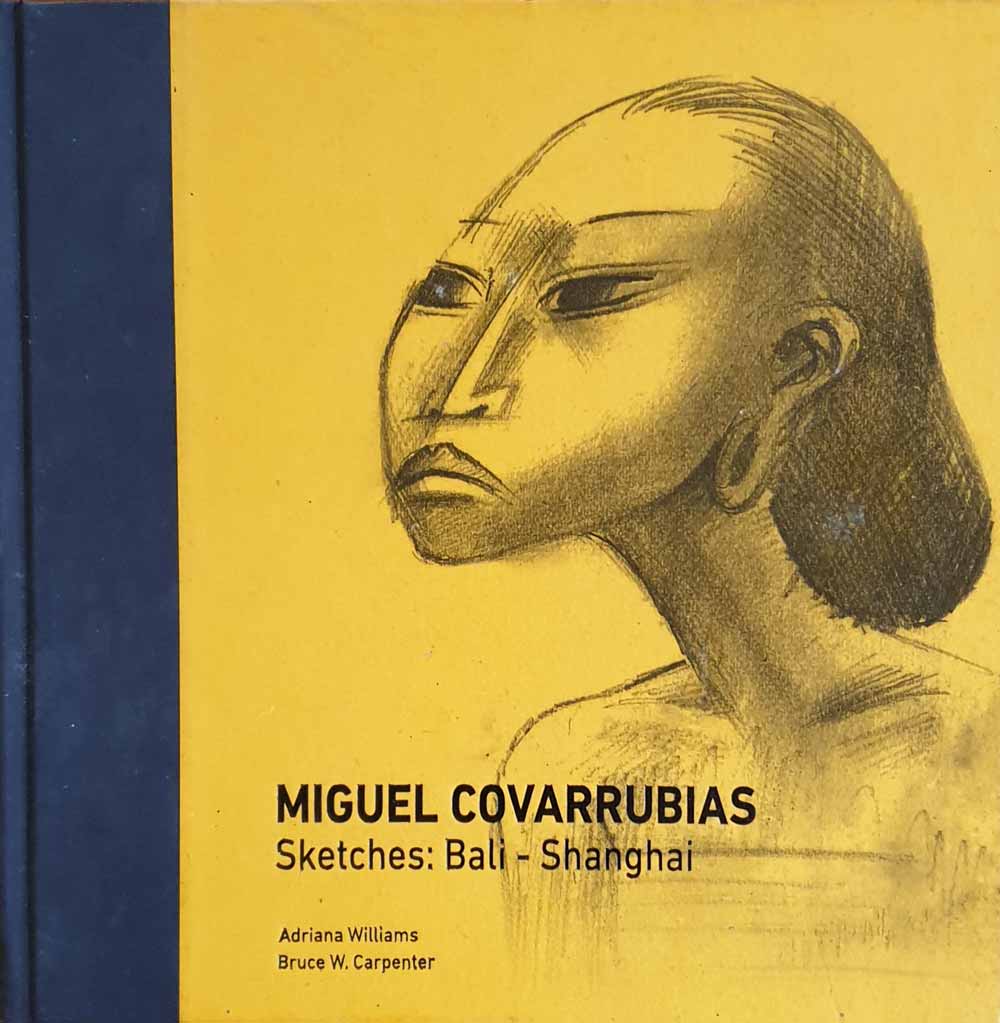
His superb depictions of women, often dancers, with large, round eyes, are otherworldly. The balanced and harmonic, yet distinctly powerful feminine quality emphasised the mystical allure of the exotic beauty in the western consciousness. The simplistic beauty accentuated the mystery. On the other hand, with the slightest modification of the line, Covarrubias introduced light-hearted and comical elements into his sketches. His oil paintings are not overly burdened by details, are atmospheric and capture some of the invisible elements of Bali. Sukarno, the first president of Indonesia purchased works by Covarrubias that are part of Indonesia’s Presidential Collection.
‘MIGUEL COVARRUBIAS Sketches: Bali – Shanghai’ released by Red & White Publishing in 2012 and written by Adriana Williams and Bali-based American Bruce W Carpenter, offers an insight into the artist’s creative process. Featuring pencil studies produced as future references reveal his genius of the line and ability to capture the unique essence of a person with the economy of effort.
The book was launched at the Agung Rai Museum of Art ARMA in Ubud along with a presentation of sketches permitted the legend of Covarrubias to be celebrated by new generations and reigniting his reputation as a major international artist and icon of Bali. For anyone who seeks to develop a better understanding and appreciation of Bali, read a copy and discover Bali through Covarrubias’ eyes.





